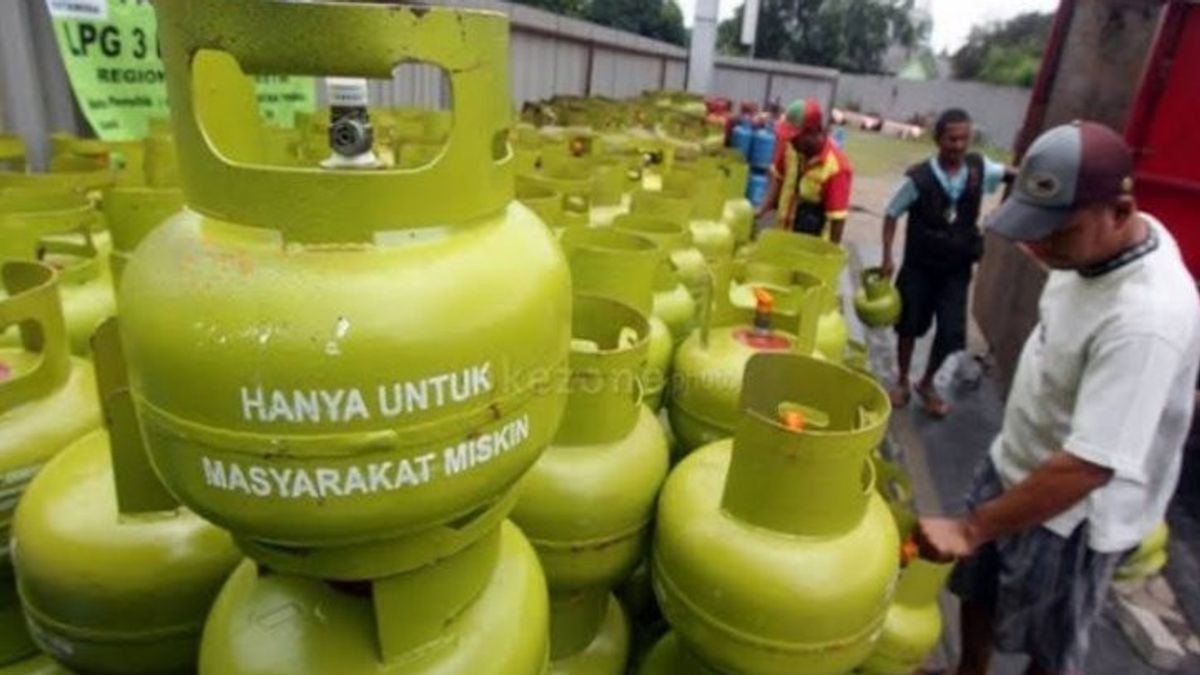YOGYAKARTA Have you ever encountered a leaking gas cylinder before it was installed? This condition can happen for various reasons. When you encounter such a situation, know the characteristics and ways of handling it so as not to endanger safety. In addition, it is recommended to be aware of the dangers of LPG gas to stay safe.
Leaks of Lpg gas cylinders before installation must be seen from various conditions. For example, whether a leak occurs when a gas regulator has been put into a tube or not. Or whether there is a hard object blocking the gas hole area or not.
Leaks can also occur if the pipes in the gas cylinders are not in good condition such as not being sealed, stainless, or because other things such as falling or being crushed by other objects. Such conditions need to be watched out for so as not to endanger safety.
Characteristics Of Leaking Gas Cylinders
When the gas cylinder leaks, it can actually be known easily. Give these characteristics that can be known directly.
One indication of a tube leak is the emergence of a gas smell. The smell of the gas itself is strong enough to be easily recognized. However, it should be noted that the appearance of this gas odor does not only indicate leaks because the gas can get out of the regulator that has been installed but is not sparked by the fire.
Leaks can also be identified from the appearance of the sound of the sneer. This voice can arise from the gas cylinder pipe. The volume of the sisan itself can be slow or loud enough to be heard. When it is heard that this sound is immediately removed by the regulator, immediately open the window and door so that air circulation will run smoothly, then immediately bring the gas cylinder out of the room.
One way that can be done to check whether the tube leaks or not is by submerging the tube into the water. This method is accurate enough to search for a source of leakage in the gas. If a water bubble appears, it means the gas leaks.
SEE ALSO:
Leaked LPG gas cylinders can be completed in various ways, depending on the trigger. What is clear is that when a gas leak occurs, try not to panic. Stay calm and open all windows to the door so that air circulation is smoother. After that remove the regulator then bring the gas cylinder to the field or open room. Here's how to repair leaking gas cylinders.
Gas regulators must be connected from gas to stove. Usually this connection is less tight or can loosen due to the decline in the quality of the rubber. When there are indications of leakage, try to remove the regulator and check the connection.
Try to use regulators according to SNI standards. Because the quality below the SNI will actually endanger the use of gas stoves. If the regulator looks outdated, immediately replace it.
Rubber seal in gas cylinders functions as a meeting between regulators and gas pipes so that gas does not leak. This rubber seal is red or orange in the form of a ring. You can buy it in grocery stores or online shops.
It is recommended to use an additional lock on the gas cylinder so that there is no leakage when the regulator is installed.
That's information regarding gas cylinders leaking before being installed. Visit VOI.id to get more interesting information.
The English, Chinese, Japanese, Arabic, and French versions are automatically generated by the AI. So there may still be inaccuracies in translating, please always see Indonesian as our main language. (system supported by DigitalSiber.id)

















